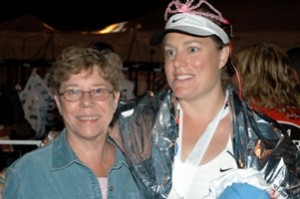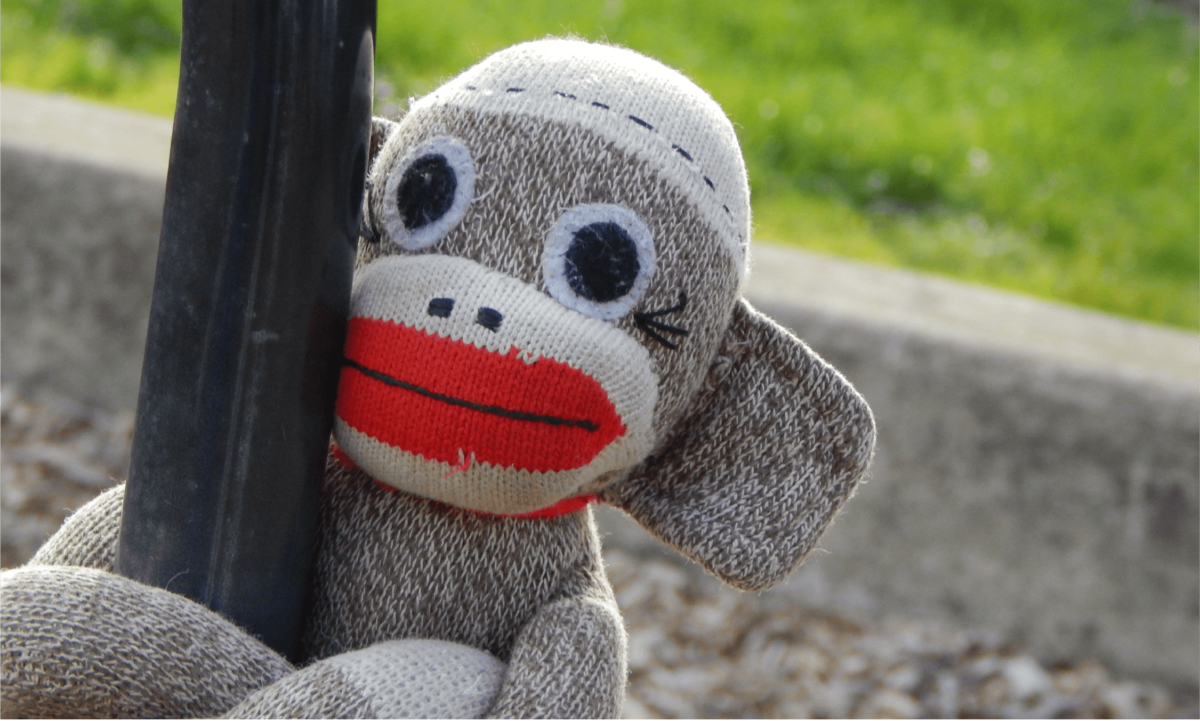Remember those year-end holiday gifts you made to nonprofits? Yes, those gifts, that are now a distant memory as we approach the mid-year point. These organizations provide services to our communities every day of the year. In turn, these nonprofits need the support of all of us who are able to lend a hand to lift those who are walking down a path they would never have chosen.
 Working in the nonprofit field for more than ten years gave me an appreciation of the work these organizations do each and every day of the year. Staff, volunteers, and beneficiaries of nonprofit services are grateful for the generous year-end cash donations, gifts, and volunteer time. Once the holiday spotlight on nonprofits dims, however, the nonprofit staff and volunteers continue to work diligently to help strengthen communities by providing a wide array of services for those in need.
Working in the nonprofit field for more than ten years gave me an appreciation of the work these organizations do each and every day of the year. Staff, volunteers, and beneficiaries of nonprofit services are grateful for the generous year-end cash donations, gifts, and volunteer time. Once the holiday spotlight on nonprofits dims, however, the nonprofit staff and volunteers continue to work diligently to help strengthen communities by providing a wide array of services for those in need.
I reached out to a number of leaders in Maine’s nonprofit community to ask them how to best support the nonprofit community as it carries out its mission throughout the year.
Kristen Miale, President of Good Shepherd Food Bank, suggests a number of ways to get involved in the work of nonprofits:
- Money – the obvious answer, but it truly is our greatest need. It costs us more than $500,000 to move the more than 1.7 million pounds of food we distribute every month of the year.
- Time – we rely on volunteers to help us inspect and sort the donated food we receive. On average, volunteers provide over 2,000 hours a month, or the equivalent of 6 additional staff. If someone cannot get to our Auburn location, they can also volunteer at their local food pantry.
- Food – surprisingly this is not our biggest need from individuals. Most of our food comes from retailers, wholesalers, and manufacturers as they are able to provide tens of thousands of pounds of food at a time. Unfortunately this speaks to the need of the problem we serve. If individuals would like to host a food drive or donated unwanted items from their homes, we encourage them to connect with their local food pantry, which they can find using our food map.
Barbara Reinertsen, Executive Director of United Way of Mid Coast Maine, would “encourage people to think about what kind of human need speaks most strongly to them. What would they feel really good about helping to accomplish? Unless you already have personal knowledge or a favorite charity, it’s good then to do a little research as to the non-profits that are effective doing that work.” Reinertsen reminds us that “While it can be satisfying to donate tangible items (food, furniture, etc.), please check with the agency first to make sure they can use the item. While you have a great impulse, many organizations do not have the space, time, or distribution method to get items out to the person who could use them, an so this could be an exercise in frustration for all involved.”
Barb Wentworth, President and CEO of United Way of York County, suggests that “Volunteers are always needed and GetConnected is a great place to start for ideas and opportunities. Also, something that doesn’t get much airplay, is folks reaching out to their local town hall to see what needs there are in their own community (including committees, boards, events, etc).” Wentworth also notes that “Donating items to Goodwill or Habitat for Humanity Restores is a double win – someone gets some cool stuff for a song and the organizations have additional resources to carry on their mission work. Calling 2-1-1 or the local United Way can also be another way to find out where what they have to donate can best be utilized.”
Scott Schnapp, Executive Director of Maine Association of Nonprofits, and his staff have compiled a list of offers up 10 Ways to Support a Nonprofit:
| 1. Volunteer – Pick an organization, any organization. You can lend a hand once a week, once a month, or on a one-time-only project. Not sure where to begin? Give this volunteer site for Maine nonprofits a try and see what catches your eye. | 6. Take time to learn about the crucial role nonprofits play in our communities – Did you know that one in every seven workers in Maine works for a nonprofit? Learn about the history of Maine’s nonprofits, and why they are a crucial part of Maine’s business community. Our website is a great place to start. | |
| 2. Make a donation – Nonprofits develop business models with diverse income streams that include contributions from individuals and businesses that recognize the value of their work. Consider supporting organizations whose work you value. | 7. Advocate – Anyone can lobby for the good work of nonprofits. Write a letter to your legislator. Speak to your neighbors and coworkers. Nonprofits appreciate and rely on you to take on an active role as a member of the community. | |
| 3. Make a wish come true – Donations can be about more than money. Call or check out the website of a nonprofit that’s providing services to the community to find a wish list of items they could use. You might make it a family project. Consider adopting a nonprofit and providing them with just one ongoing wish from their list for an entire year. You might even find this to be a great way to get involved on a longer-term basis with an organization. | 8. Engage with your community – The nonprofits you care about are tied into their communities as part of a strong network. See a connection you could help make? A volunteer program or a wish list your business could support? Your efforts to make those connections work can help strengthen the fabric of the community you call home. | |
| 4. Serve on a nonprofit committee – Maybe you’re good at planning events, or reading spreadsheets. Nonprofits rely on the efforts of many people to share their workload, and committee members are a vital force. | 9. Share your talents – Consider sharing your skills with a nonprofit. Access to graphic designers, writers, event planners and many other professionals can be hard to budget. Smaller nonprofit organizations often have limited resources, so if you’ve got the time, a nonprofit will most certainly have the need. | |
| 5. Serve on a board – Nonprofits are governed by volunteer boards of directors, all charged with the role of acting in the best interests of the organization. The work is rewarding, and will give you a stronger commitment to an organization and to the community it serves. | 10. Thank a nonprofit – If an organization has reached out to you this past year, or does great work in your community, take the time to say thank you. That is without a doubt an essential gift you can make. |
Please take a few minutes to assess the needs in your community. Find a role within an organization that’s aligned with your interests. There’s no better feeling than realizing that you’re making a difference by helping someone through a tough time!
Thanks to all of you who support the good work of the nonprofits in your community. If there’s a nonprofit doing some outstanding work in your community, please let me know. I’d love to help share that organization’s story.







